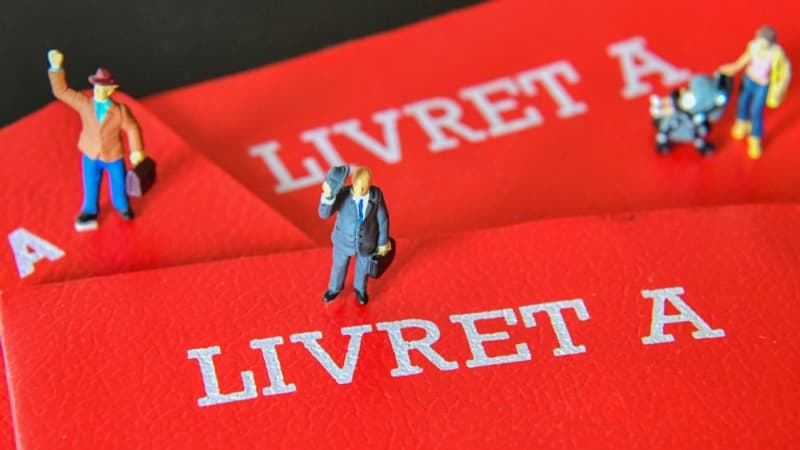Month after month, the French who can put more money in their savings accounts. This is the case of the most popular of all, Livret A, whose outstanding balance (all the money available to its holders in this savings account) has increased, according to the latest statement from the Caisse des dépôts, from 295,000 million euros. in May. 2019 to nearly 400 billion today. On average per owner, this increase of 105,000 million euros represents an additional saving of 1,900 euros.
To the money deposited in his Livret A must be added the savings deposited in the sustainable development and solidarity passbooks (LDSS), whose outstanding balance increased in the same period from 110 to 142,000 million euros. In total, the accumulated amounts available to savers in these two booklets represent a blanket of wool of 542,000 million euros.
This is a lot, but it is nevertheless modest compared to the 1.9 trillion placed in life insurance. Except these two savings products don’t have the same function. The booklets are equivalent to an interest-bearing checking account, while the primary function of life insurance is primarily to accumulate capital to compensate for a subsequent loss of income.
9.6 million French have a popular savings account
If the French are filling up their savings accounts more and more, it is first of all that today they contribute 3% per year, a level that seems attractive compared to the other options that allow them to save money. But there is also the role played by the banking applications that are used by more and more French people. With this tool by nature available at all times, it has become very easy to transfer money from your account to your savings account and vice versa.
A third savings product is a resounding success: the popular savings account (LEP). Rare are the banks that promote this investment reserved for the most modest French. But fortunately, that didn’t stop a growing number of savers from putting more and more money there. In twelve months, the outstanding balance reserved by all French holders went from 40 to almost 56 billion euros.
This spectacular progression is due in particular to the fact that the number of French people who own this brochure has increased. Of the 18.6 million taxpayers who do not exceed the income threshold defined by the tax authorities to have the right to have a LEP, more than half already have money there that brings them 6.1%. A wool stocking that on average amounts to almost 5800 euros per owner, knowing that as a couple each one has the right to have their own.
Towards a higher rate for Livret A?
To tell the truth, this success was predictable, the LEP raised twice as much as the livret A. A return of more than 6% for an investment without risk, without taxes to pay and available at any time, is exceptional. There is absolutely nothing equivalent between our European neighbours.
On the other hand, the difference in remuneration between the livret A and LDDS and the LEP is likely to be less significant as of August 1. The LEP calculation formula is simple: tariffs change only in accordance with the increase in consumer prices. While for the livret A and the LDDS, the interest rates that banks apply when they lend to each other are taken into account, in addition to inflation. And those rates tend to go up.
So, if the Ministry of Economy respects these calculation rules, the livret A could rise to 4% while the LEP would drop to 5.6%. But the Banque de France advocates that Bercy, exceptionally, does not respect the calculation formulas. Because a 4% passbook would have a negative impact on the construction of social housing that the money placed in passbook A can finance. Therefore, the rate could not move or simply go to 3.5%.
Source: BFM TV


